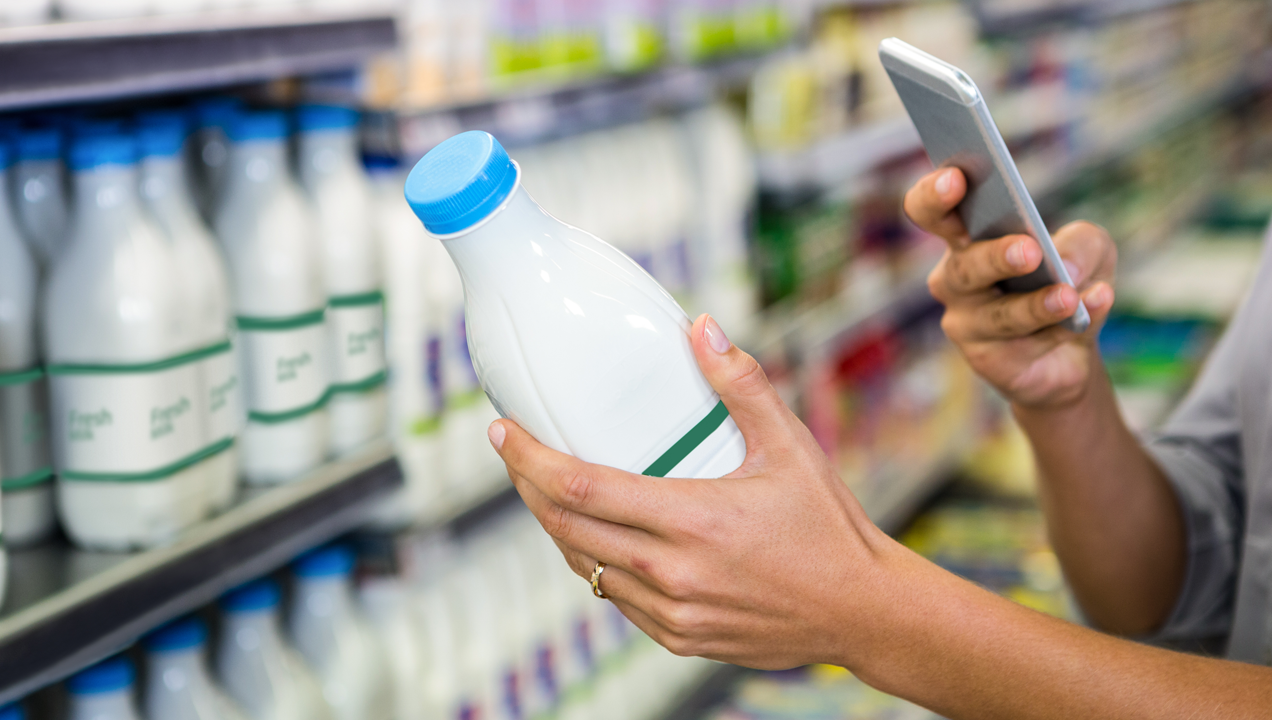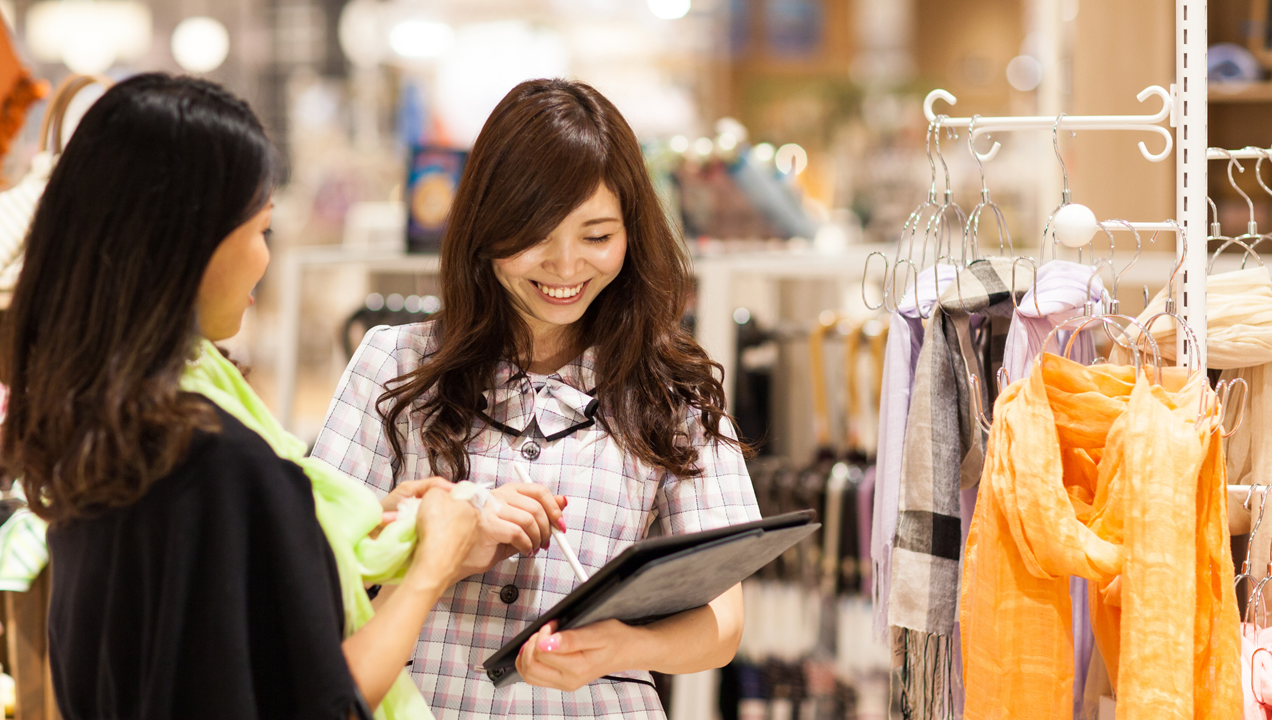Sutherland as a Retailer Part 1: The Low Friction Shopping Experience
The last few weeks in the Labs have been full of interesting insights into effective retail customer experiences. We’ve been really focused on the world of retail apps, and online-offline blended models, probably because we’ve been busy compiling the results of our first UX Alliance retail app global benchmark project. The first retail benchmark of its kind, this project rated 36 apps in 19 countries against 63 must-have features and functions, and also saw the creation of a new Customer Experience scoring system, to measure how effectively the online experience enhances the offline journey of the customer.
Then we got to thinking, what if we took this report, and our own insights into retail customer experiences, and mashed them up into a store design of our own? What would that look like? If Sutherland designed a retailer from the ground up, what kind of shopping experience would that be? So… let’s go shopping.
Reducing in-store friction
In the Sutherland Store, you won’t have to wait in a long queue for the checkout or returns desk. Let’s face it, waiting in line is a major cause of customer pain, and we’ve all experienced it. There are some obvious solutions too…
- Customer self-checkouts can go much further: This doesn’t mean some high-tech frictionless experiment like Amazon Go, just a simple scanner app (like in the Apple Store) that lets you scan and pay for items and self-checkout. We could also offer self-checkout scanners (like you see in supermarkets), and self-service checkouts like you see in many shops. Clearly, these self-service options don’t meet all customer service needs, but a greater prevalence in a wider range of stores would reduce customer friction across the board because it diminishes the pressure on checkouts, especially at peak times when queues can get long and customer tempers get short.

- In-store helper apps: Something that came up in the UXa research was that 63% of younger users reported they always check the app (or online) to see if items were in stock before they visited a brick-and-mortar store. This got us thinking about the need for greater app integration in store (like using Google Maps on the street, or using store guide apps in store locations). In our Sutherland Superstore, when you walk in, your phone app buzzes and points you to different products (from your shopping list) or different departments and help functions.
Directing customers in-store to find what they are looking for, or helping to organize returns and exchanges via a dedicated customer service desk is a natural extension of the self-checkout app. We know customers like apps – in our Superstore there’s definitely a shopping assistant helper app that guides you in store to products, departments and the right place to get customer support.
- Smarter in-store-to-home deliveries: Again, if the store offers an online / app shopping experience with home deliveries (which pretty much all of them do), why limit it to online? In our Sutherland Superstore, you’d be able to do your shopping, self-checkout, and arrange for home delivery. This innovation fixes the commonplace customer pain of battling around the shops loaded down with bags of stuff, and enables touchy-feely shopping experiences for those items that need it. For example, trying clothes on in-store, or making a decision about the ‘feel’ of a product (material, weights, quality), or selecting fresh items in the supermarket, or musical instruments, sports equipment… there’s a long list of items it’s easier to purchase if you touch them before you buy. The ability to shop in-store and opt for home delivery enables spontaneous linked shopping trips (the growing trend of going to the shops for one thing, and visiting additional stores for unplanned purchases, or restaurants, cinemas, parks etc.)
- Nicer staff, more useful staff: Okay, so nobody likes a sulky shop assistant, but a positive store assistant can transform your shopping experience. It’s important to recognize that interacting with store staff is actually one of the strongest unique aspects of brick and mortar shopping, compared with apps. With some well constructed customer research, we would identify a set of robust behavioral personas that reflect different customer ‘modes’ and purchasing behaviors. These help us design interactions for casual browsers who enjoy shopping as a leisure activity; time-poor shoppers who know exactly what they want and zero-in on specific products quickly; customers making returns; click-and-collect customers; customers with child care needs or shopping for an elderly relative and different variations on these themes.

Using these personas to define our staff training means that in our Superstore, the staff would recognize different behaviors, and engage with people more effectively. That means not following casual browsers around asking “Can I help you?” repeatedly, and not ignoring customers who are clearly in rush and likely need proactive assistance. It means carrying tablets that could bring-up factsheets on products, FAQs on delivery options, prices, all the info customers might ask for, because no customer minds if you look something up, but nobody wants to hear “I don’t know, have you tried looking on our website?” Also, if the staff have got a tablet with them, they can also check out the items you want, and arrange home delivery without you having to queue-up or visit a special desk, which again, would work as a proactive service outreach to hands-full mothers with children and pushchairs, plus elderly or customers with special needs.
So, by applying a bit of Labs design thinking, learning from our own personal experiences, and drawing on the global best practices we’ve seen in our UXa research, all shopping experiences could evolve to remove those stubborn pain points that seem to persist in today’s blended online-offline shopping world.
But there’s a lot more. In part 2 of this article, we consider the possibilities of using advanced analytics, customer data and smarter process design to make the Sutherland Superstore of the future not just low-friction, but a much more useful, personalized shopping experience.
